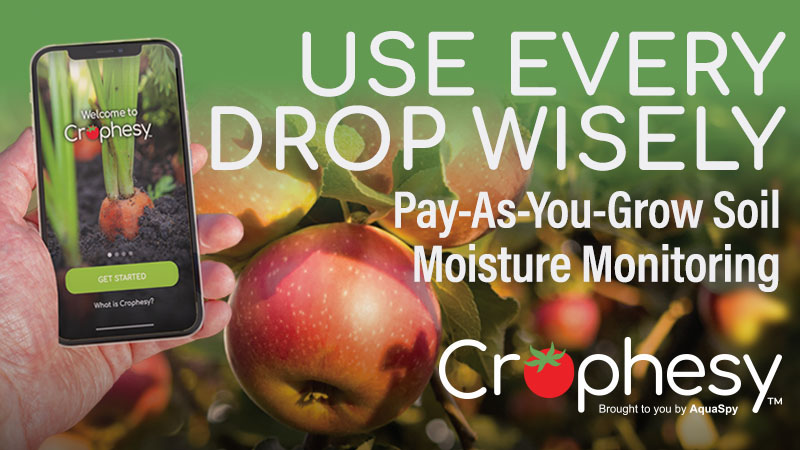How Big Is the Coronavirus Bite on U.S. Agriculture?
According to a Texas A&M AgriLife coordinated study, COVID-19 is expected to reduce the U.S. gross domestic product by $2.5 trillion and employment by 19 million full-time equivalent jobs over the next year.
This past spring, Texas A&M’s Department of Homeland Security (DHS) Center of Excellence Cross-Border Threat Screening and Supply Chain Defense (CBTS) teamed up with Arizona State University’s Center for Accelerating Operational Efficiency and researchers at the Victoria University in Australia to examine the economic impacts of COVID-19 on U.S. agricultural sectors.
The report concluded that compared to most other sectors such as tourism, air transport, education, restaurants, and lodging, the U.S. food and agricultural sectors will experience smaller economic impacts because they were not subject to shutdowns and reductions in aggregate consumer spending brought on by job losses.
Significant impacts caused early on in the pandemic included supply-chain disruptions such as the closure of some meat processing facilities, mismatches between supplies of some goods and demand caused by school/restaurant closures, transportation problems, and shortages of farm labor.
Some producers lost access to traditional marketing channels and consumers discovered they periodically could not find desired goods. These challenges led to unusual situations where retail prices increased, but prices paid to producers declined, or worse, producers could not find a channel to sell their livestock or produce. In some areas, these problems forced producers to destroy or dispose of their agricultural products.
Impacts felt early on in the pandemic could not be fully captured by initial modeling efforts, said Greg Pompelli, Texas A&M’s CBTS Director. Based on their estimates, the researchers expected a 5.2% decrease in real U.S. farm income this year and projected a .76% decrease in 2021. However, USDA’s latest estimate for real farm income – Farm Sector Income Forecast – September 2020 – shows an increase of 3.6% to $102.7 billion, the highest level since 2014.
The primary difference is that direct federal government payments, which are a combination of commodity program payments and special assistance aimed at offsetting to trade and COVID-19 events, to farmers increased 64% in 2020 to $37.7 billion. Without that support, real farm income would have been substantially lower in 2020.
Researchers also found that the economic impacts of COVID-19 were not uniform across agriculture. The team estimated livestock operations would experience more negative effects. Along those lines, USDA’s latest figures show that animal product receipts in 2020 are down just more than 8.1%. However, for crops, cash receipts are expected to increase 6.9%.
According to Pompelli, they will be re-running the model over the next two months to reflect more current information about domestic and global macroeconomic conditions.
Continue reading at AgriLifeToday.com.









